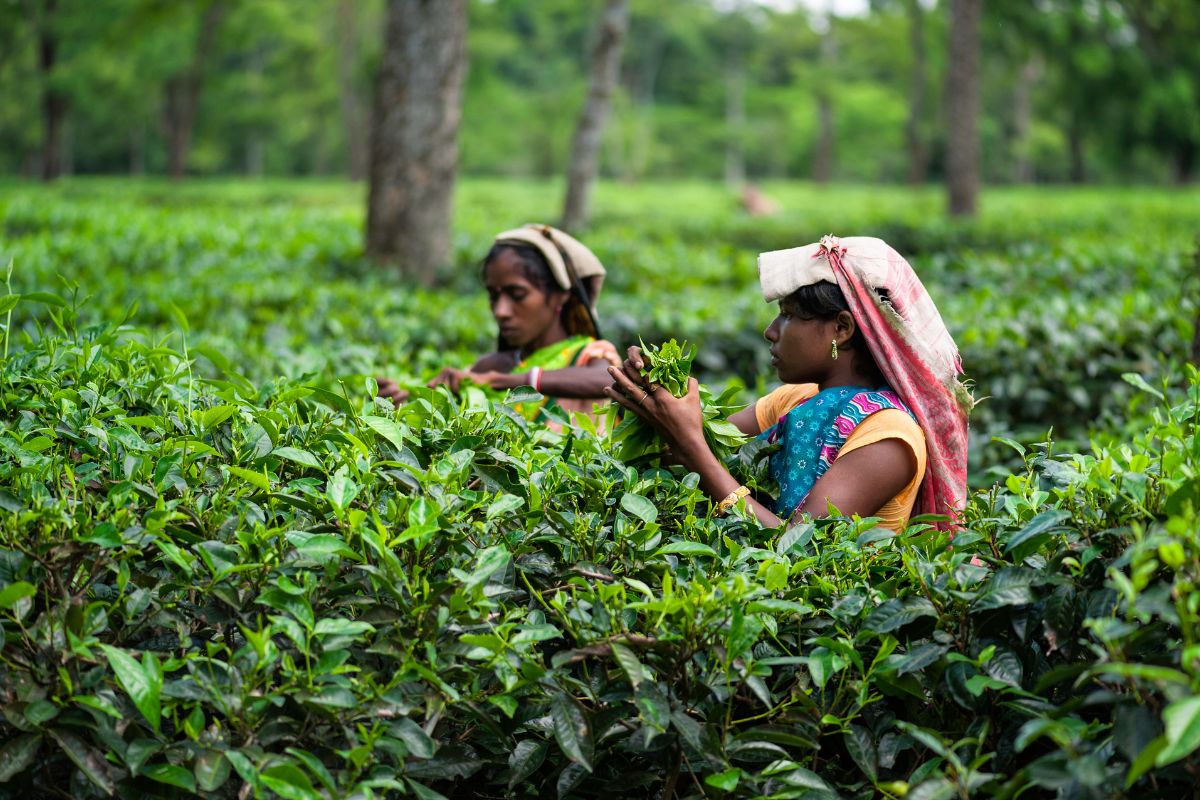Chairman, Indian Tea Association (ITA) Hemant Bangur has said that the tea trade worldwide is encountering a discrepancy between supply and demand, as the production of tea surpasses the demand from Europe and Asia, which are the main consumers of traditional tea.
Addressing a meeting of stakeholders representing leading Tea Producers’ Associations from Asia and Africa, Mr Bangur also said, “Over the past two hundred years, consumption has become widespread among people of all income levels. Despite this, there is still one important group that has yet to be reached. Africa, with its increasing population and higher incomes, presents a promising opportunity for introducing the world’s healthiest drink and potentially becoming one of the top markets for black tea.”
Advertisement
The main purpose of the gathering was to talk about the ‘Sustainable Development Goals’ for the worldwide tea industry, with a primary emphasis on improving quality, balancing supply and demand, and ensuring the long-term sustainability of the sector.
On the other hand, the chairman of East Africa Tea Trade Association (EATTA) Arthur Sewe noted that the tea sector in East Africa is currently facing decline in tea quality and high production volumes that requires concerted efforts towards addressing issues related to climate change and farmers concerns.
“The increasing impact of climate change is partly to blame for the declining tea quality as it is adversely affecting the tea sector globally,” Mr Sewe said.
“Climate change is a big problem that must be addressed to sustain the level of tea productivity,” said chairman of the Malawi Tea Association (MTA), Sangwani Hara.
During the meeting, the main focus was on the growing effects of climate change, stagnant prices, expensive labour and inputs, imbalanced supply and demand resulting in oversupply, high transaction costs, and difficulties in determining fair prices.









